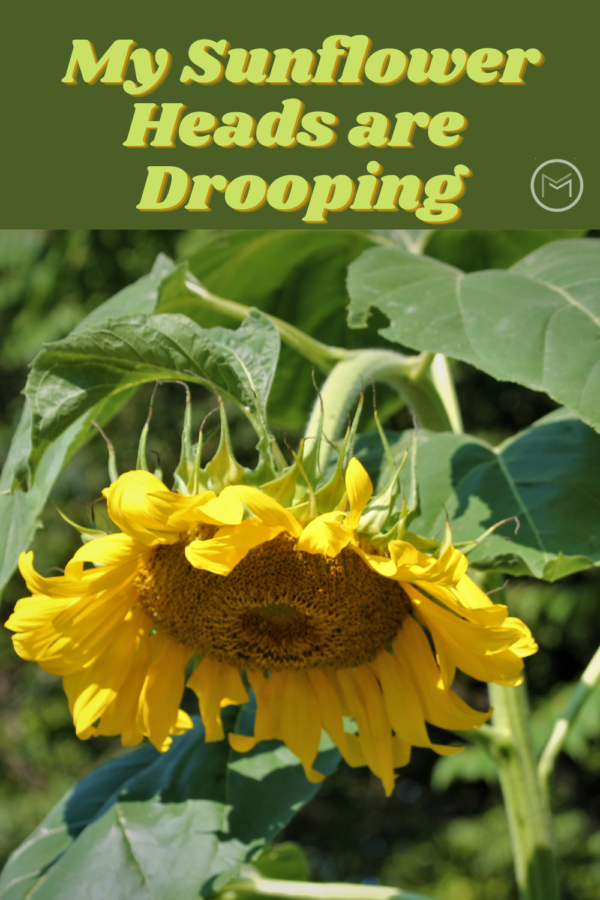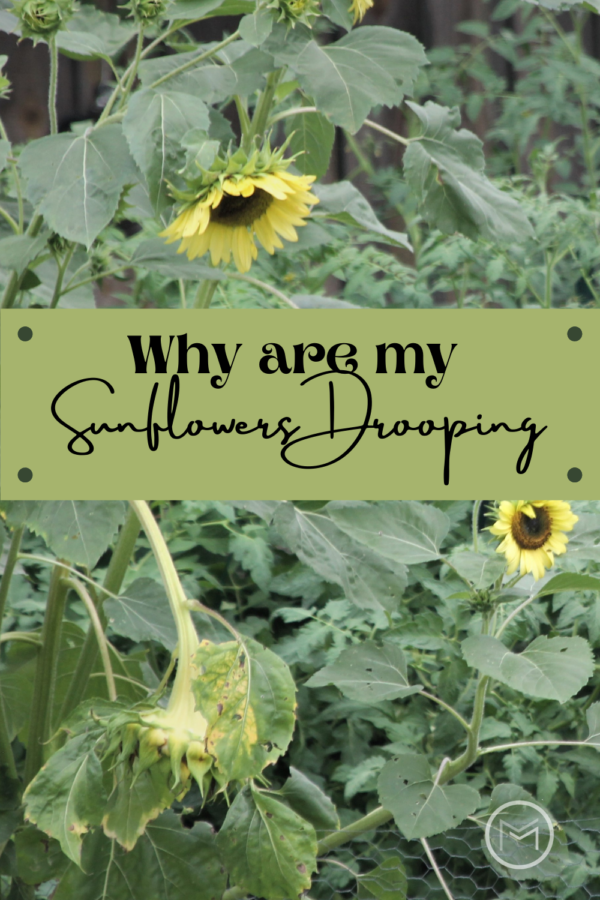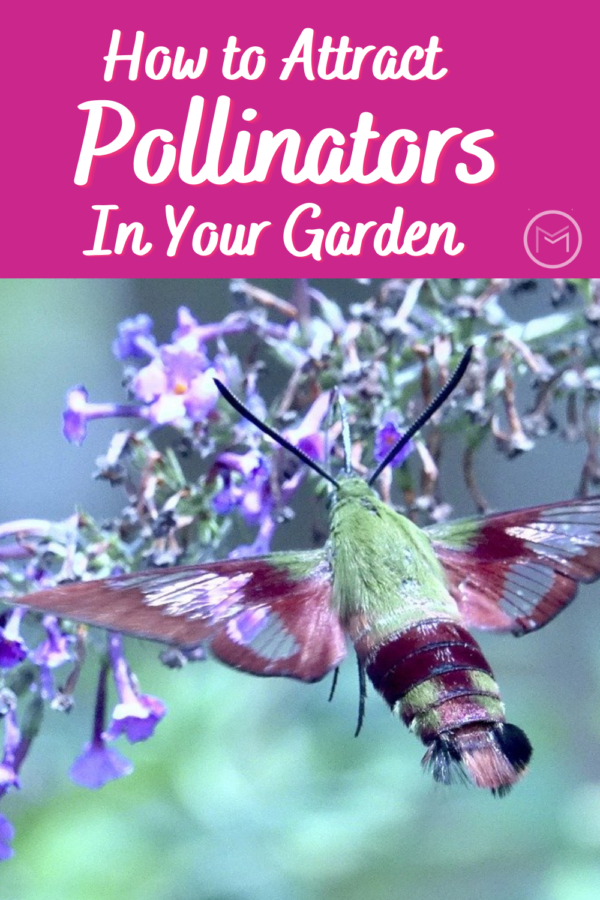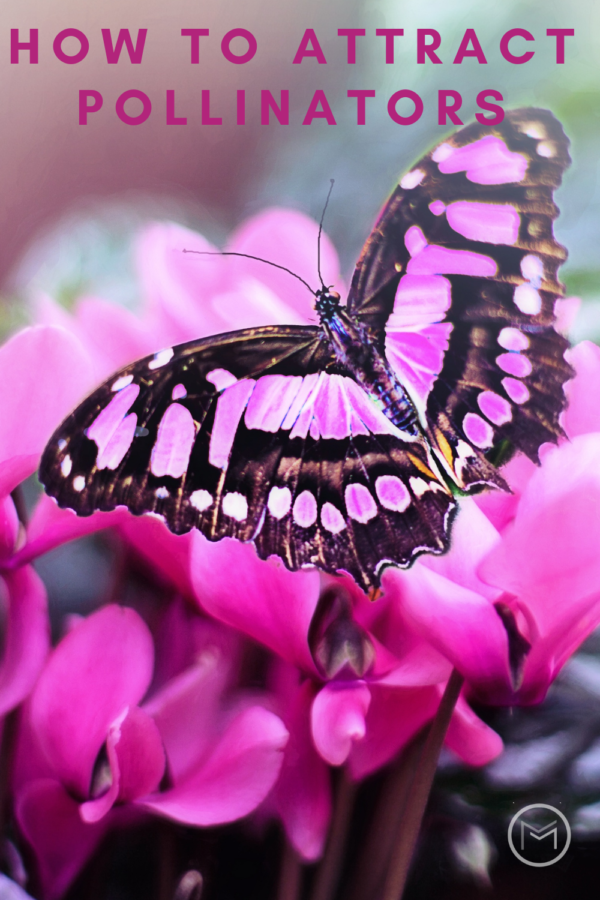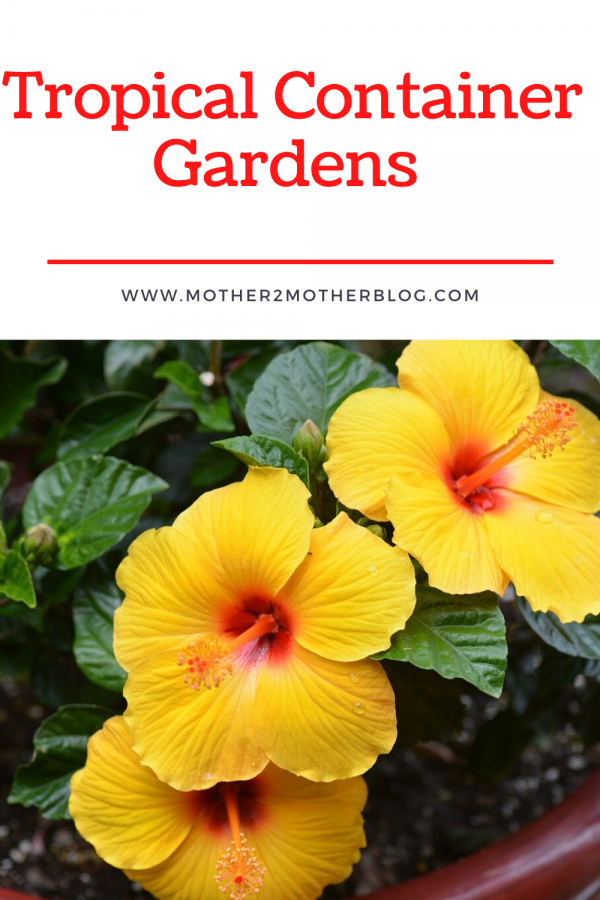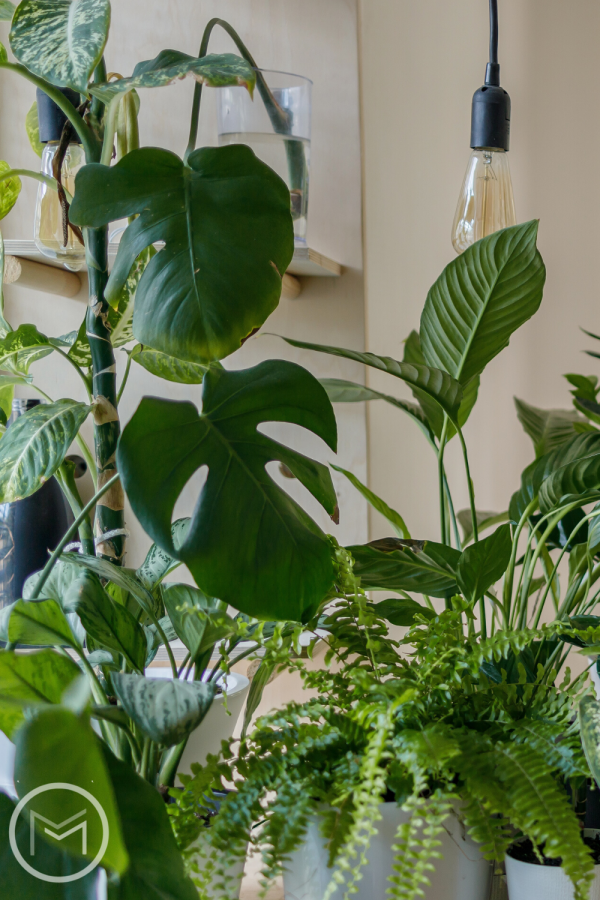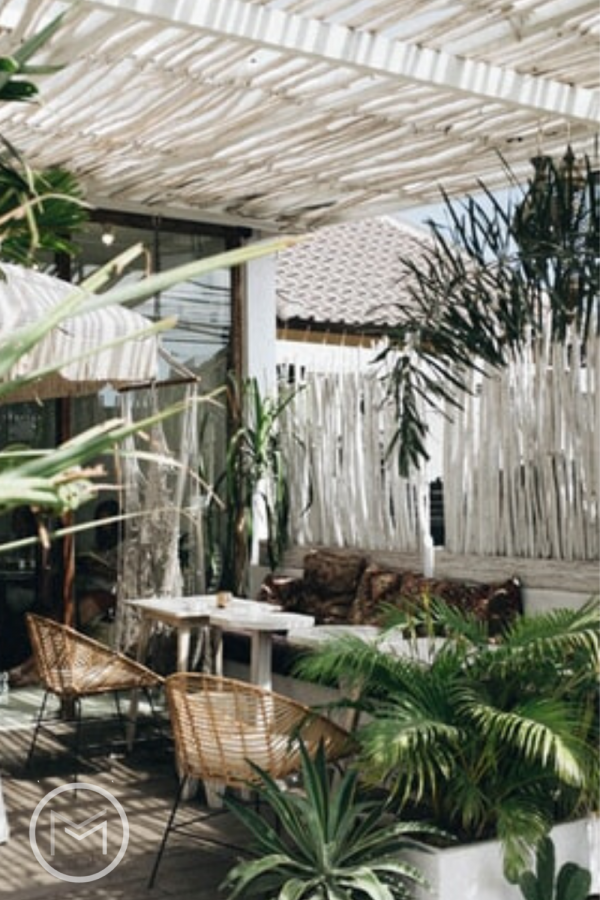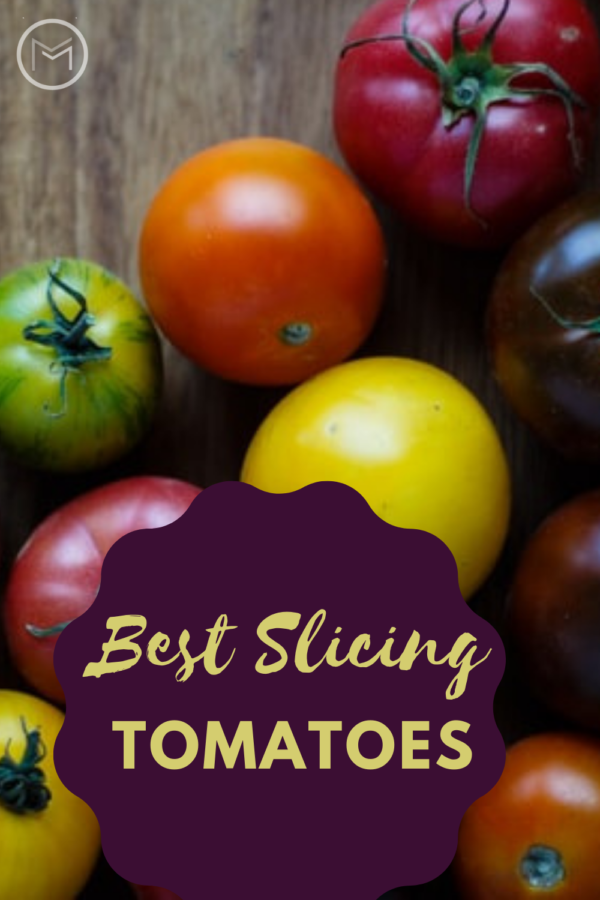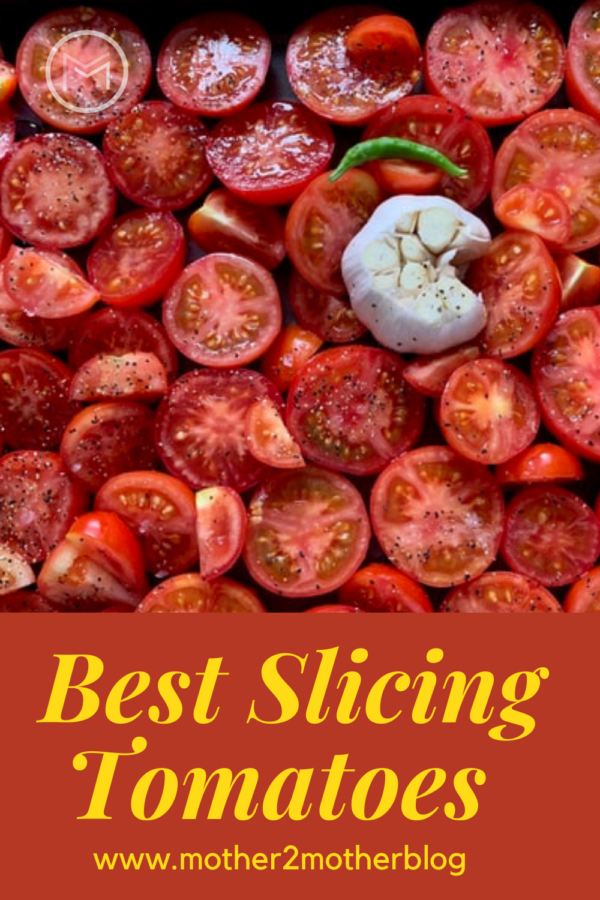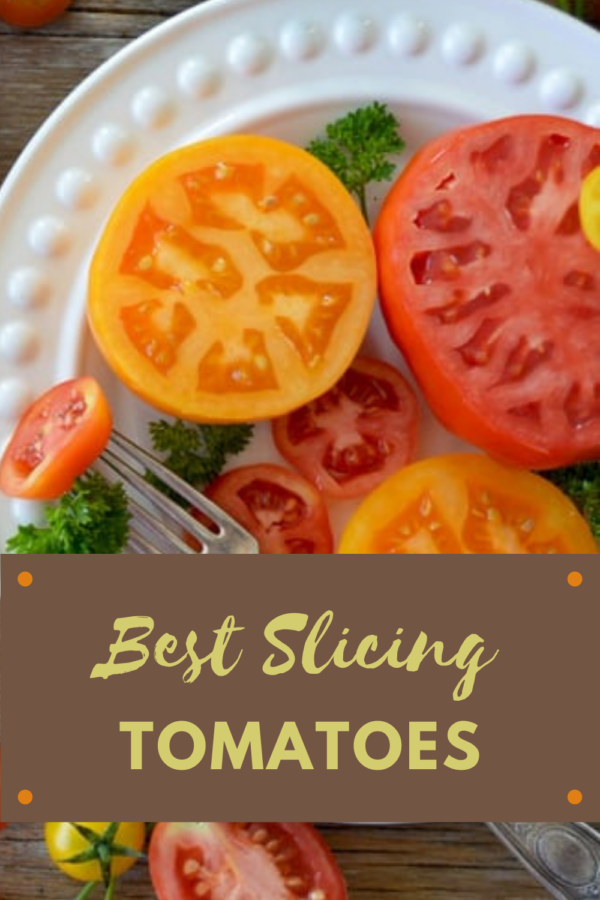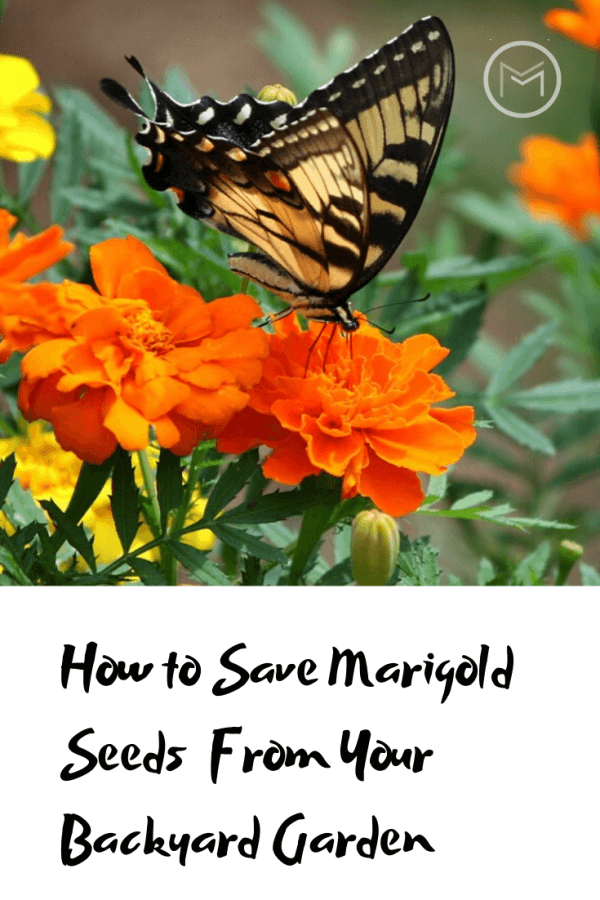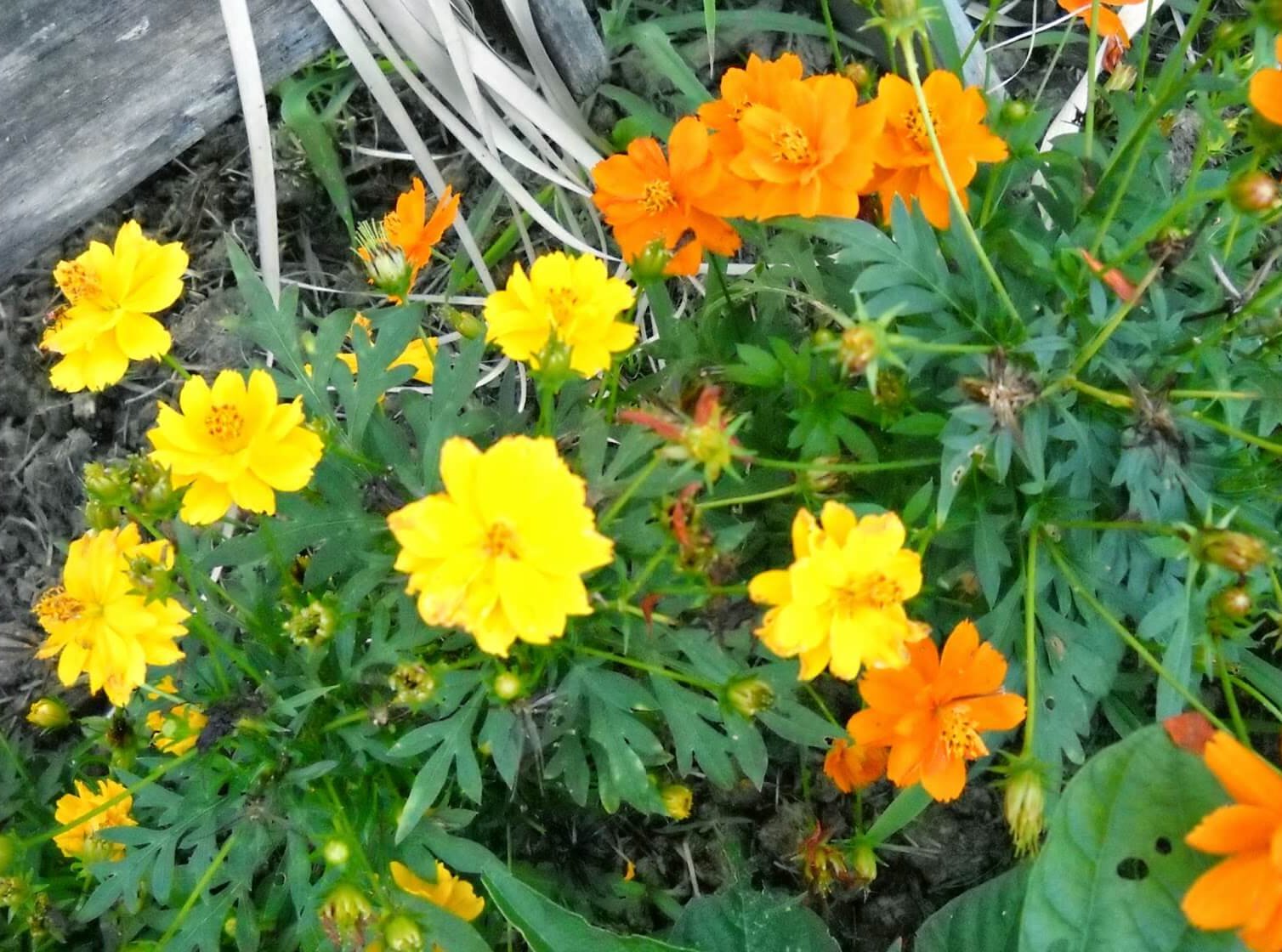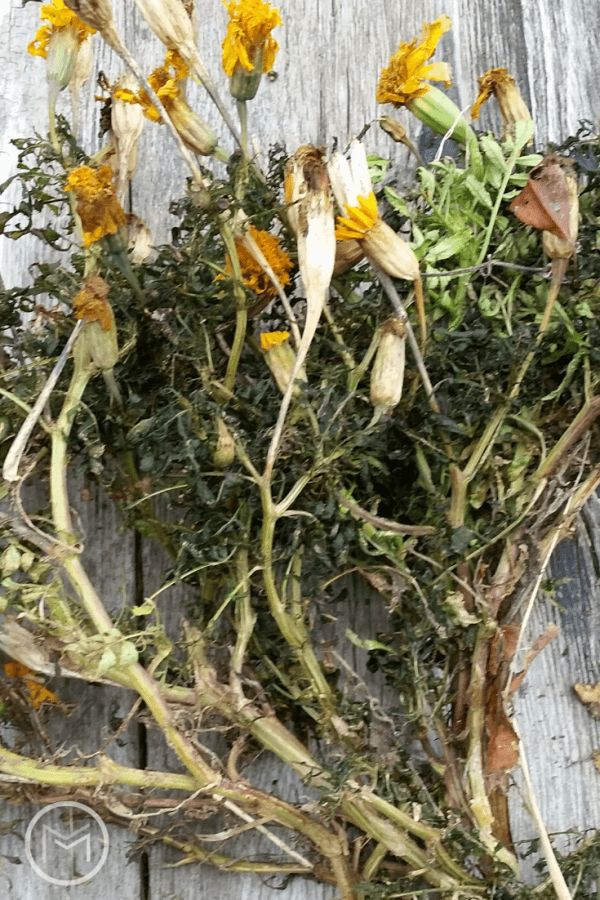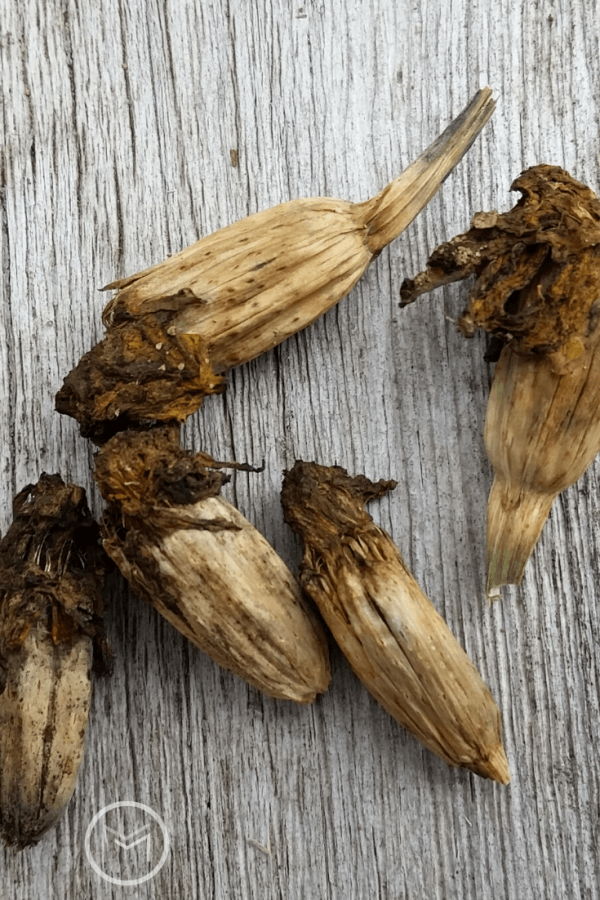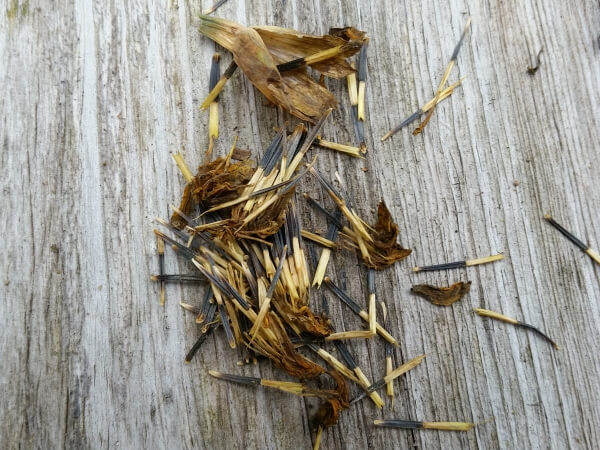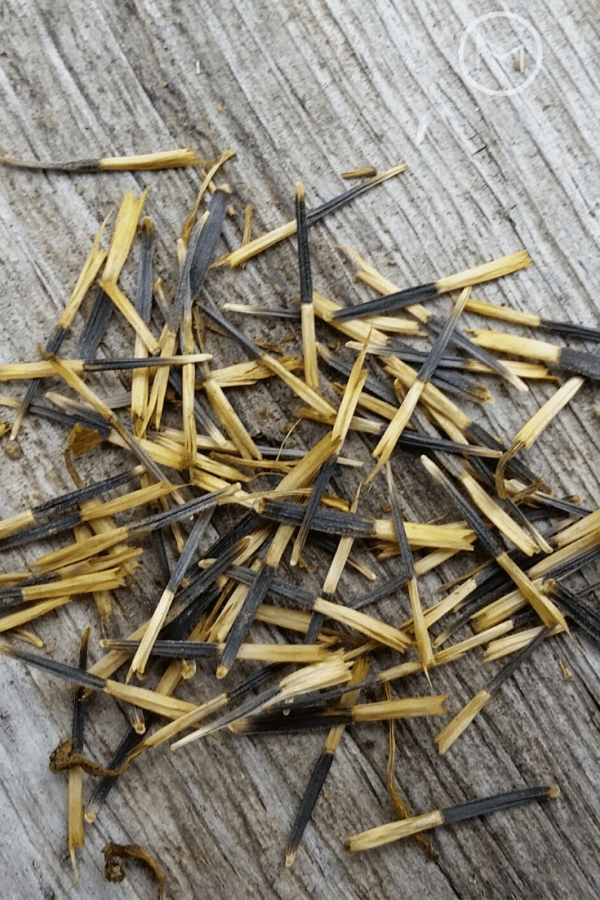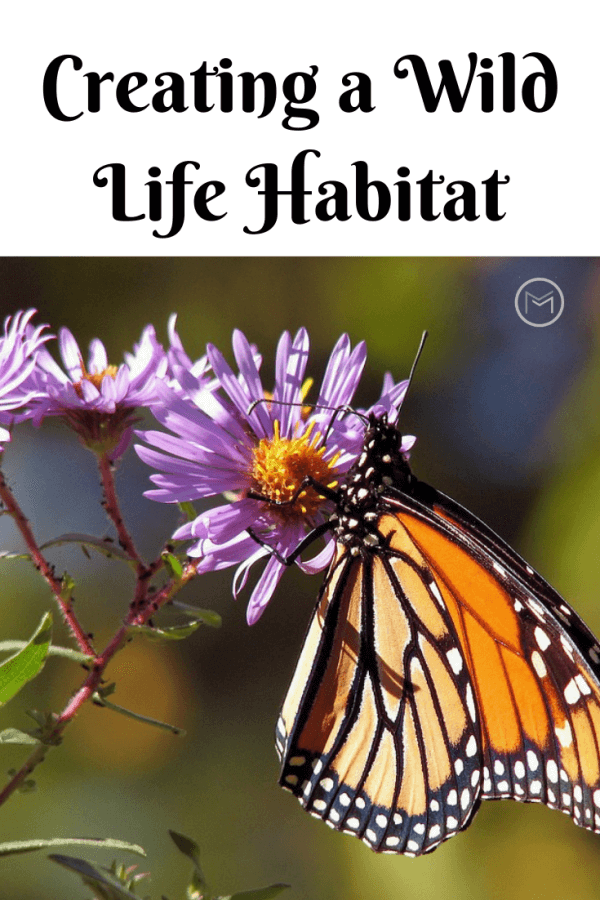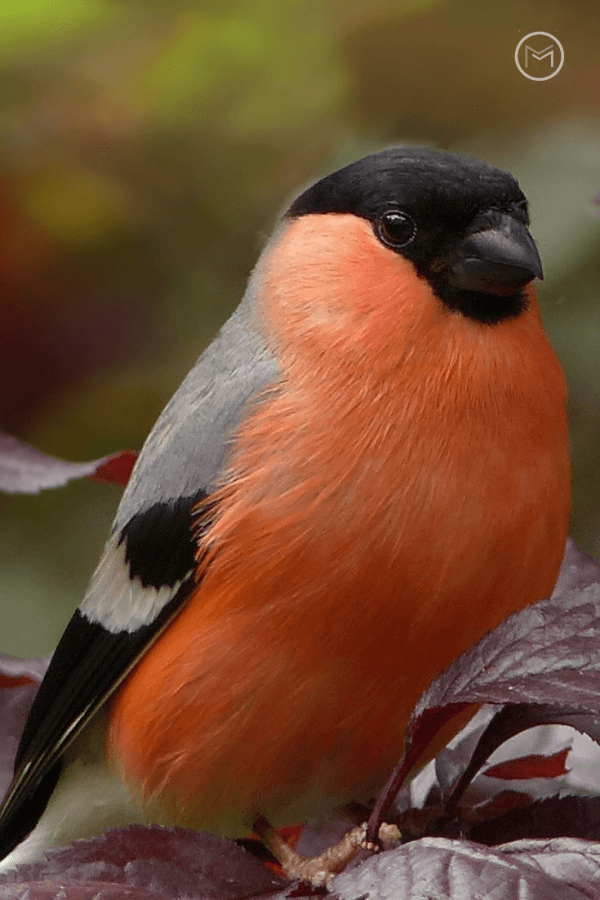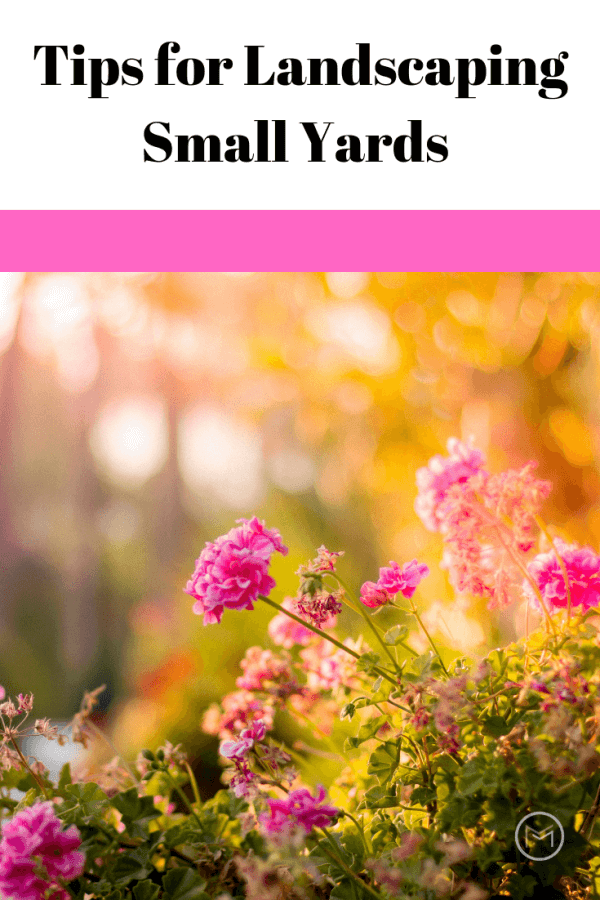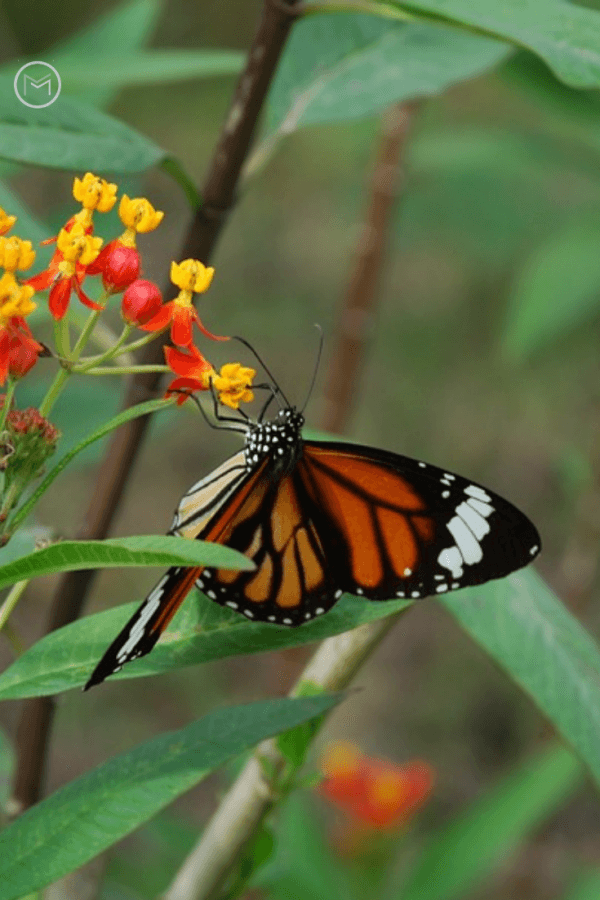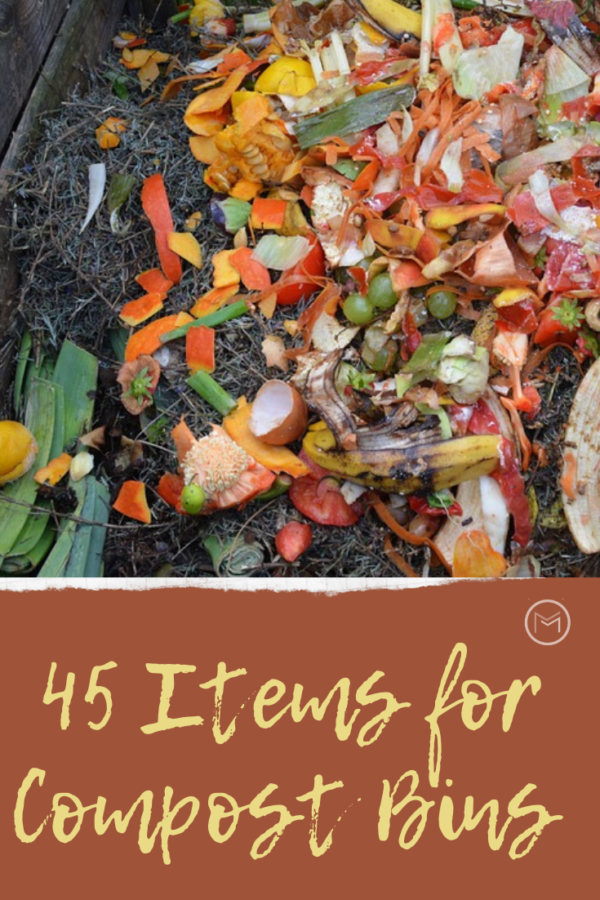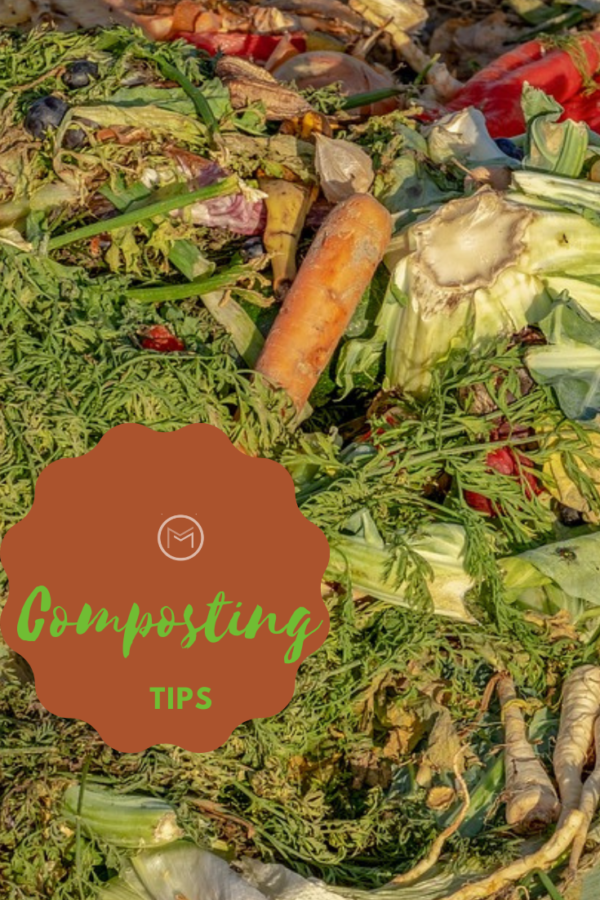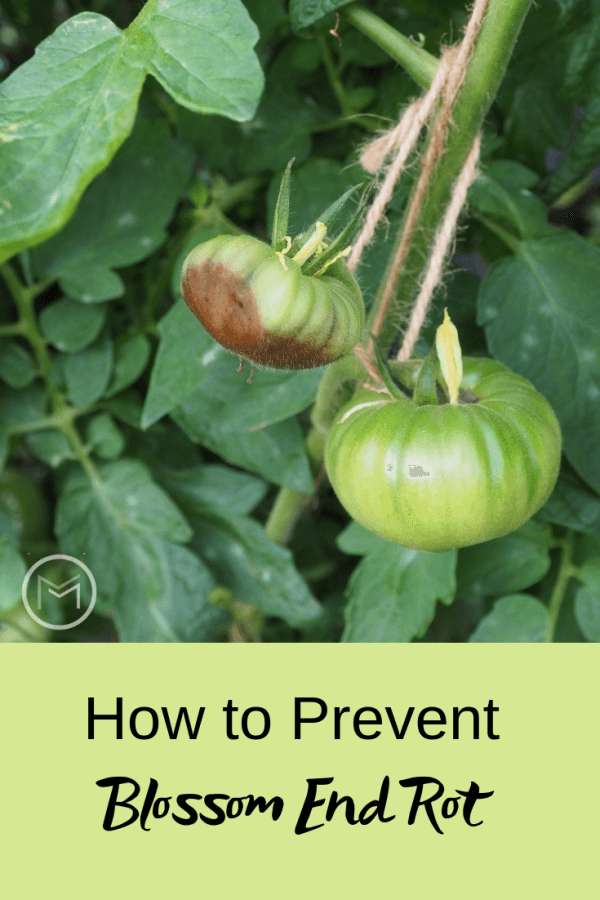Today, I’m sharing gardening tips on how to attract the Tiger Swallowtail Butterfly to your backyard. Summer is filled with beautiful flowers of every color, pollinators, children playing and butterflies fluttering. I’ve been adding plants to my backyard that will attract more butterflies. Also, I purchased butterfly nets for my grandchildren to catch and release them. It’s great exercise for them, and a great way for them to learn about nature’s pollinators. So, I’m going to share tips on various butterflies that you may find in your backyard or may want to attract.
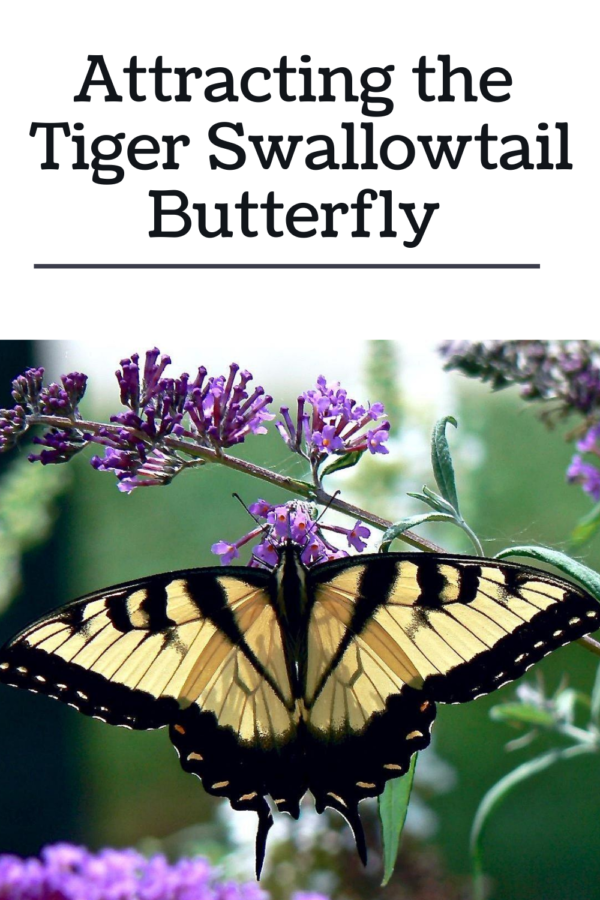
One of my favorite butterflies is the Tiger Swallowtail. I love their bright yellow and black colors. I welcome them every year in my backyard. The Tiger Swallowail is one of the most familar butterflies in the eastern United States. It’s so popular the following states have adopted them as their state butterfly:
- Delaware
- Georgia
- North Carolina
- South Carolina
- Virginia
The tiger swallowtail butterfly certainly won my heart, so I can understand why various states have adopted them. You can attract them to your backyard from spring to fall with the right plants. That’s right, you can attract these beauties all summer. However, you must provide plants that produce nectar, listed below, and woody plants where they lay their eggs if you want to keep them around.
Note: I am an Amazon Associate. If you click on any of the products or purchase, I may be compensated a small fee. However, there will be no additional cost to you.
Host Plants for the Tiger Swallowtail Butterfly:
- Butterfly Bush
- Milkweed
- Lilac
- Phlox
- Honeysuckle
- Joe Pye Weed
Woody Plants for Tiger Swallowtail Butterfly:
- Cottonwood
- Ash
- Birch
- Wild cherry
- Tulip tree
- Magnolia
- Willow
Fortunately, I have both ash and wild cherry trees in my backyard. This galvanized tub sits below the cherry trees. Now that I know they love salvia, I’ll plant more.
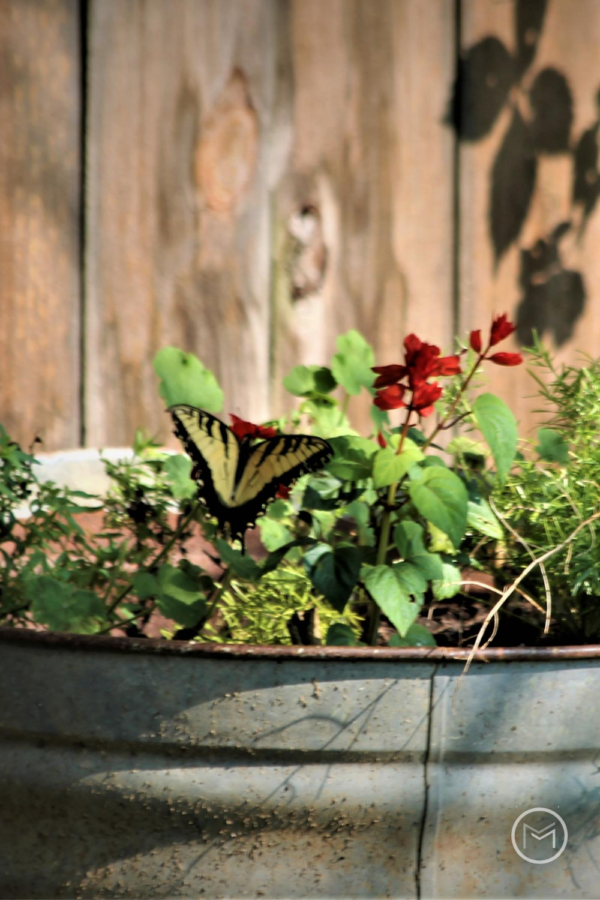
This male tiger swall0wtail butterfly was enjoying my salvia. He enjoyed the nectar for quite awhile. I would suggest that you take your camera or phone with you when you head out. I have missed so many opportunities to capture great nature photos because I left my behind. The tiger swallowtail has a two week life span. So, enjoy these beauties while you can.
Identifying Traits of the Tiger Swallowtail Butterfly:
- Yellow to yellowish orange
- Males have 4 black (tiger) strips on their wings
- Wings are bordered in black with yellow spots
- Long black tails have blue patches
- Females can range from the same yellow color as the male to a dark almost black color
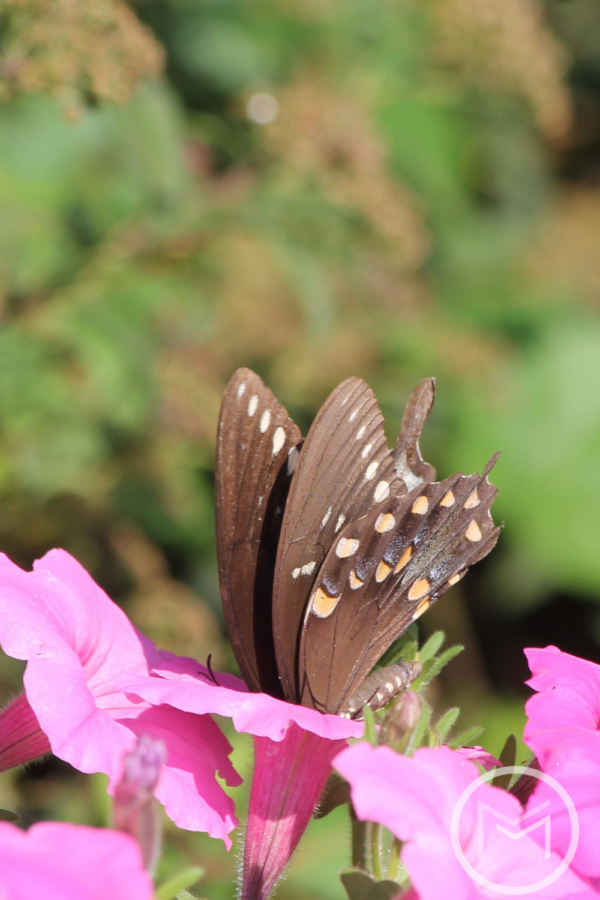
This female tiger swallowtail butterfly, above, loves my petunias. She visited oftens. Growing host plants in your backyard will attract the tiger swallowtail butterfly. Look for plants that are native to your area. Know your garden zone. It’s imperative to selecting plants for your backyard. I garden in zone 6B, so native plants in my state may not be native plants in yours. So, make sure you do your research on what will work for you. A bonus of using native plants is that they are already acclimated to your area. And, native plants are easier to grow and require less maintenance.
The eastern tiger swallowtail live in deciduous woods along streams, rivers and swamps. I have a bird bath with a fountain that runs in my backyard. I’m not sure, but I believe it is an attraction as well as the trees and flowers. I love experimenting to see what I attract. I suggest that you do the same.
